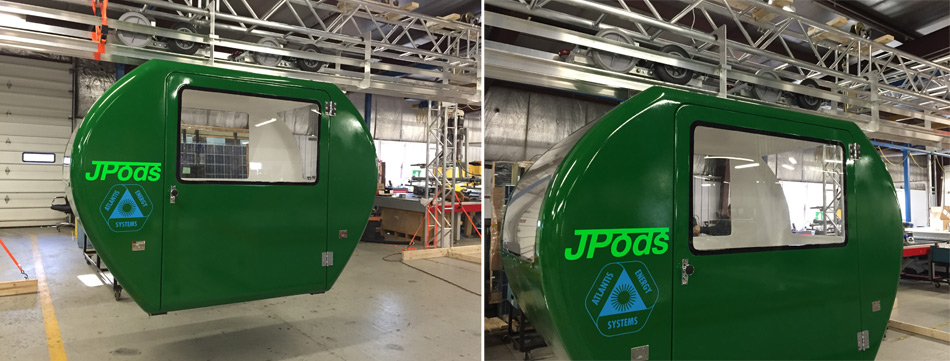- Home
- About
- Advantages of JPods
- Capacity
- Conservation
- Economics
- 10X Capital Savings
- Base the $ on Energy
- Dangerous Economic Assumptions
- Free Markets
- Jobs
- Land Use
- Linear Barriers to Commerce and Nature
- Metrics: Replace GDP with Disposable Energy
- Parking
- Supply_Demand
- Free Market Efficiency
- Net Energy Decline
- Inaccurate IEA Forecasts
- 'Titanic' Oil Economy
- Paychecks and Oil
- History
- Lifeboat Paradox
- Links
- Management Team
- Metrics
- Payback
- Peak Oil
- Project Flow
- Recipe
- Solar
- Technologies
- What are JPods
- Why JPods®
- Be Involved
- Key Steps
- Franchise Agreement (draft)
- Solar Mobility Act
- Own and Operate a JPods Network
- Become a JPods Supplier
- Design Your Own JPods Network
- Investors
- Spread The Word
- 8-80 Cities
- Agreements
- Cities of the Sun
- Domestic War by 2023
- Kitty Hawk Network
- Regulation
- San Jose State
- Scale Model
- Railroad 1862
- News
- Cities
- Contacts
You are here
What are JPods
JPods are rail networks from which ultralight vehicles carry people and cargo using 1/10th the energy of cars, passenger-trains, and buses (table of energy per passenger-mile).
JPods vehicles are like chaufueured automobile. Vehicles are sized for individual and a small group of people that know and want to travel together. knows each, typically carrying 1 to 4 passengers per vehicle. Guide ways are arranged in a network topology, with all stations located on sidings and with frequent merge/diverge points. This allows for nonstop, point-to-point travel, bypassing all intermediate stations. The point-to-point service has been compared to a taxi or a horizontal lift (elevator).
Most mass transit systems move people in groups over scheduled routes. This has inherent inefficiencies. For passengers, time is wasted by waiting for the next arrival, indirect routes to their destination, stopping for passengers with other destinations, and often confusing or inconsistent schedules. Slowing and accelerating large weights can undermine public transport's benefit to the environment while slowing other traffic. Personal rapid transit systems attempt to eliminate these wastes by moving small groups nonstop in automated vehicles on fixed tracks. Passengers can ideally board a pod immediately upon arriving at a station, and can — with a sufficiently extensive network of tracks — take relatively direct routes to their destination without stops.
Perhaps most importantly, JPods systems offer many traits similar to cars. For example, they offer privacy and the ability to choose one's own schedule.
JPods may in fact allow for quicker transportation than cars during rush hour, since automated vehicles avoid unnecessary slowing. A JPods system can also transport freight without needing a driver.
The low weight of JPods' small vehicles allows smaller guideways and support structures than mass transit systems like light rail.The smaller structures translate into lower construction cost, smaller easements, and less visually obtrusive infrastructure.
Theme by Danetsoft and Danang Probo Sayekti inspired by Maksimer
